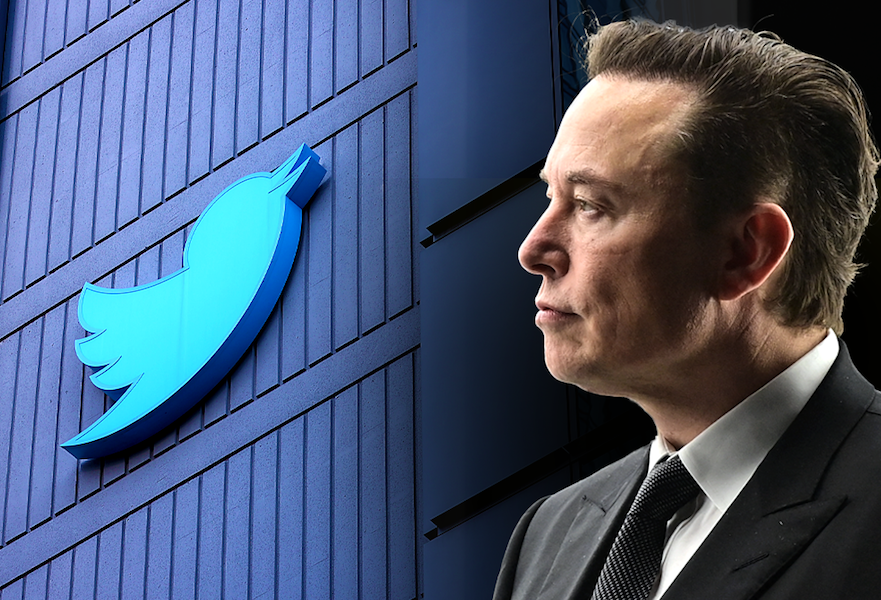Singapore: Asia’s Silicon Valley

Sanjana Rao, Account Executive, Technology
As the home of some of technology’s greatest advancements and inventions that changed the world, Silicon Valley has become synonymous with innovation. And, whilst numerous cities have tried to replicate both its technological advancements and name, from the Silicon Valley of India (Bangalore), to Silicon Alley (a term coined in the 1990s during the dot-com boom in New York City) and Silicon Valley North (used to describe Ottawa during the 1990s), the term hasn’t quite stuck. Recently, however, Singapore has gained the coveted status of ‘The Silicon Valley of Asia’.
With Southeast Asia’s tech start-ups predicted to be valued at $1 trillion by 2025, Singapore is key to the region’s success. The country’s successful financial sector, government support and compelling policies which attract tech companies, and advanced infrastructure ensures its triumph as the next global technology capital. However, Singapore, much like San Francisco did, seems to be carving its own path within the technology world.
This blog will explore how Singapore is on its way to becoming a global technology hub and giving Silicon Valley a run for its money.
Singapore’s secret to tech success
Singapore’s rapid development in the late 20th century transformed it into a major manufacturing and financial hub. But the continued drive to invent and innovate – which are ingrained in Singapore’s culture – have helped to foster a collaborative environment for both startups and established companies within the technology industry.
Additionally, thanks to its advanced IT infrastructure and intellectual property laws, Singapore offers tech companies an attractive base for development products and solutions. With an increasing number of tech companies, Singapore’s government is promoting tech courses to help close the skills gap and continue the country’s trajectory as the technology capital of Asia.
As a small nation, with a population of just over 5 million, Singapore knows it needs to attract tech talent from across the world as well as upskilling its own citizens. The country’s Tech.Pass is targeted towards tech entrepreneurs and leaders allowing them to come to Singapore to work on trailblazing technology further encouraging the growth of its technology sector.
What’s next for technology in Singapore?
With an extraordinary story of growth, innovation and resilience, it is clear that Singapore has its sights set on becoming a Smart Nation.
As Singapore encourages citizens as well as businesses to implement technology to make lives easier, from investing in robots to help plug the foreign worker gap during the pandemic to finding ways to integrate virtual and augmented reality into everyday life, it is inevitable that the country’s digital transformation will see large continued growth.
As it works towards ensuring a fully digital society, economy and government, the prospect of attracting tech talent will only grow as workers and companies look for seamlessly advanced ecosystems to help their business goals and growth. With a booming technology sector, Singapore is leading the way towards becoming a Smart Nation and, undeniably, has the potential to become the true technology hub of Southeast Asia and perhaps even globally.
If you are keen to branch out and build your technology presence in Singapore, then talk to us at Aspectus where we can expertly guide you through your tech communications from our Singapore PR agency to help quickly boost your next stage of growth. Get in touch here.








